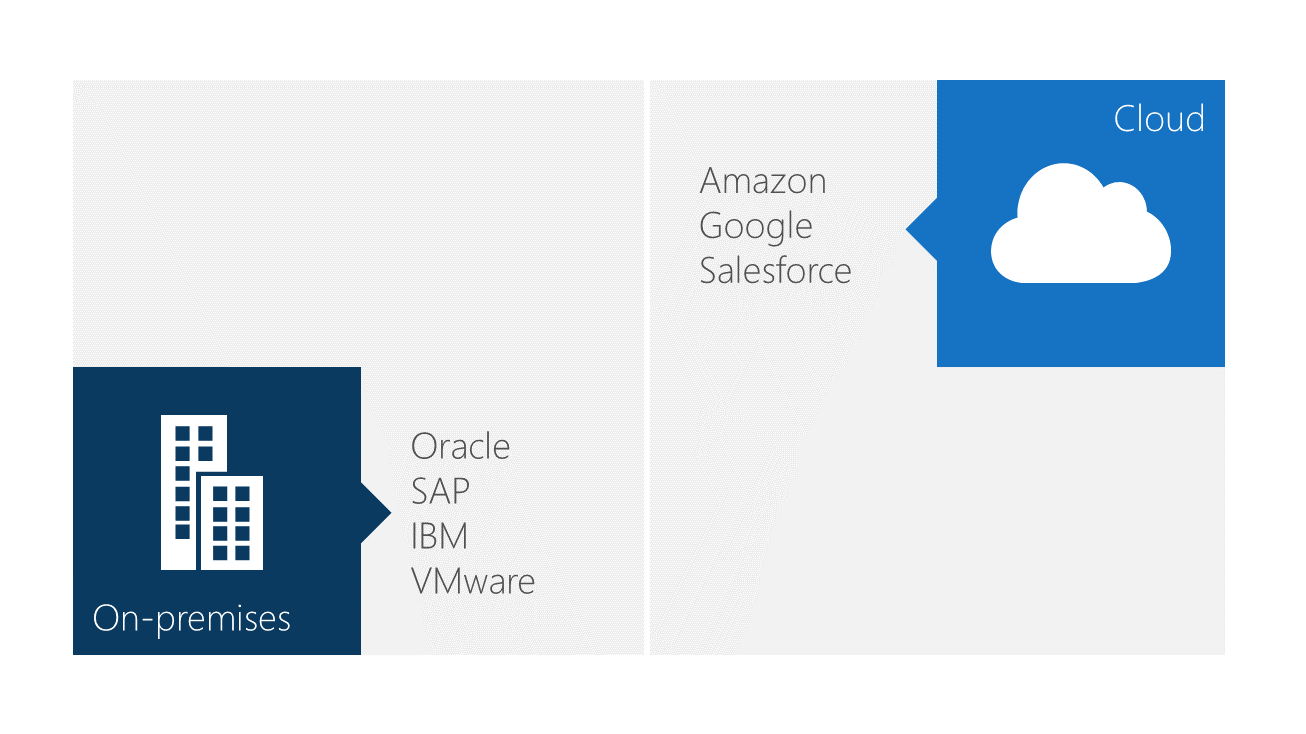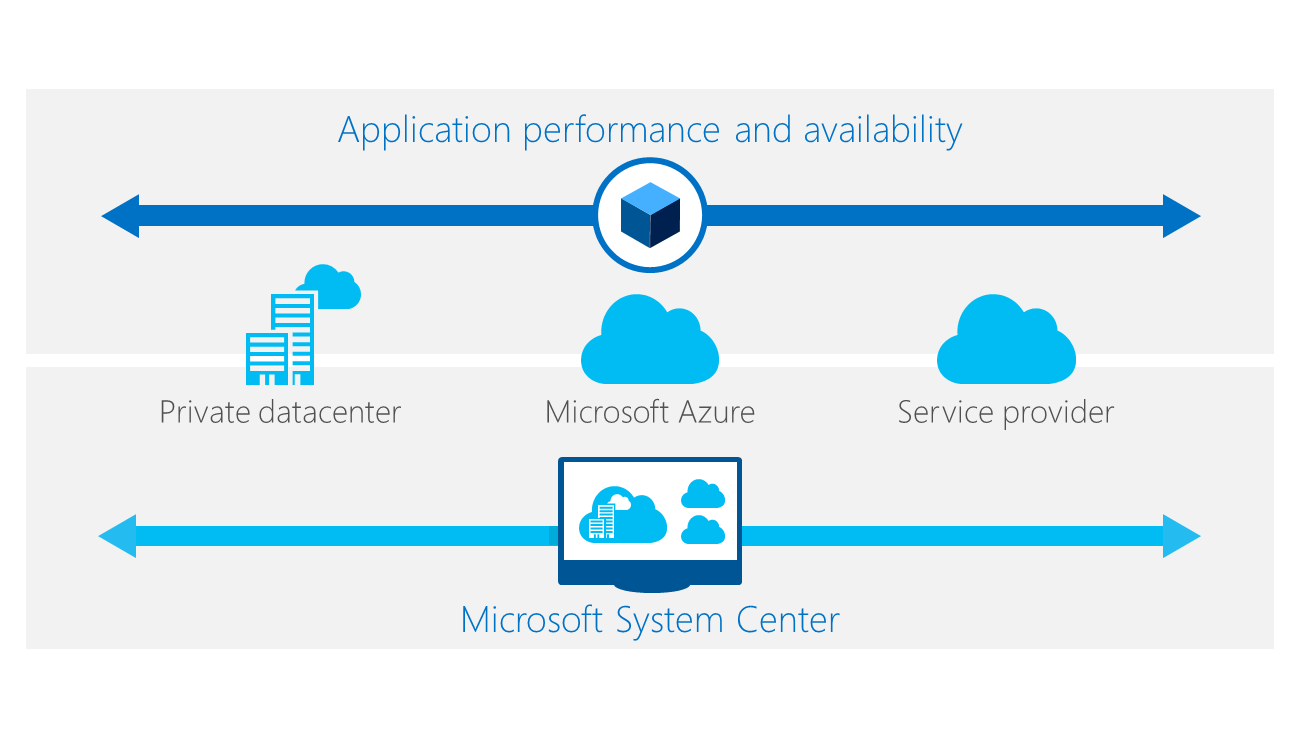From the past 8 years, we are seeing this transformation called CLOUD! It’s started with Public and Private! But from those early days what we learn from the Cloud?
I learn that Microsoft offers real-world experience with massive scale deployments that is unmatched.
Microsoft Global Foundation Services organization supports over 1B customers and 20 million businesses running on Microsoft’s cloud services in 76 markets worldwide. Just one example of the kind of reach we’re talking about: Office 365 is now used by more than 20% of all enterprise organizations worldwide.
I wrote a blog post talking about Azure in the enterprise (see here). From there I briefly mention the Microsoft experience in the cloud! Yes, I’m that old that my Hotmail (started with rocketmail) is about to make 25 years in 2019! Oh, yeah! Since then I never stop using the Cloud. At that time, we didn’t paid attention to this new way to do business.
This is learning that is unique, and we must possess for a greater good. And the learning that Microsoft have from these incredible cloud services, a cloud platform, are constantly being incorporated into their products they deliver for customers. Our real-world experience translates directly into new features that we can leverage, both in our datacenter products and in our cloud services. Things like the service templates in System Center 2012 mirror the approach to services in Microsoft Azure.
But beyond specific features, they’re also learning from the general problems of deploying at scale. Based on Microsoft experience with cloud, they believe that the keys to datacenter transformation are standardization, automation, and resilience.
Standardization means you aren’t reinventing the wheel. A consistent approach can increase reliability and make it easier to deliver services more rapidly.
Automation lets you increase speed while reducing the errors that can creep into manual processes.
And **resilience **and scale are fundamental to building the kind of infrastructure you need to rapidly handle change. So, what does that mean for the datacenter? Means that the datacenter needs to have another transformation to incorporate all that learning and the fast pace of changing. Yes, another datacenter transformation! The first big one, was the virtualization! That allow us to run more workloads with less physical server, so we could get better usage of the hardware and lower the TCO. But now those times are not enough anymore, as humans we want more! Always more!
**Transform the datacenter **
I do believe that you can best meet the evolving needs of your business with a hybrid cloud approach. And when you think about moving to a hybrid cloud model, there are three things that you really have to have in order to make hybrid work.
First of all, you need cloud options on demand. You need to be able to extend to the cloud when it makes sense for your organization and according to your individual company’s needs. Your datacenter today is configured to meet the specific needs of your business, and your cloud solution should meet that same standard. Think about consistency across clouds, management of heterogeneous resources, and workload mobility.
Next, you need to reduce cost and complexity. There’s a common misperception that moving to hybrid cloud is going to increase the burden on IT. You need to take advantage of innovation in the right way—meaning real-world solutions to old problems.
And then—most importantly—you have to be able to deliver a rapid response to the business. Transforming the datacenter should make you faster. So, whatever resources you add, or changes you make, that’s the standard—has it enabled IT to deliver services more rapidly?
Microsoft allows you to build a cloud platform for your organization that includes resources from your datacenter, a service provider’s datacenter, or from Microsoft Azure—based on the specific needs of your individual business. Windows Server, Microsoft System Center, and Microsoft Azure together form an infrastructure foundation that will flex to meet your needs.
Cheers,
Marcos Nogueira azurecentric.com Twitter: @mdnoga




Comments